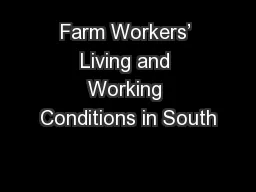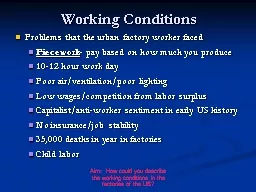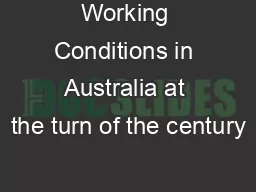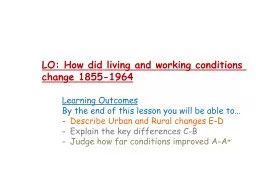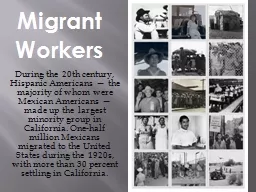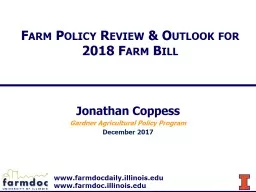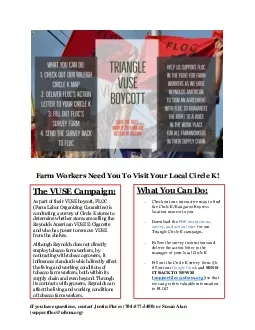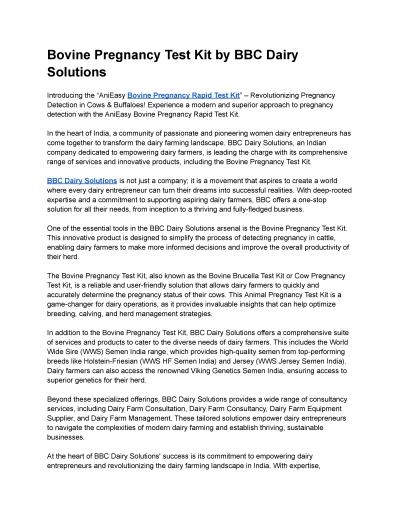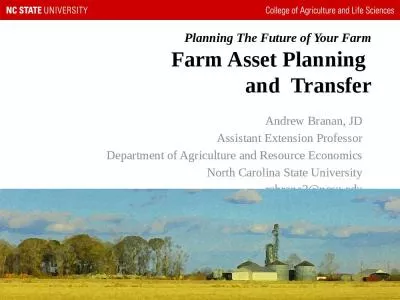PPT-Farm Workers’ Living and Working Conditions in South
Author : danika-pritchard | Published Date : 2017-08-14
Africa Key Trends Emergent Issues amp Underlying and Structural Problems Margareet Visser Institute of Development and Labour Law University of Cape Town
Presentation Embed Code
Download Presentation
Download Presentation The PPT/PDF document "Farm Workers’ Living and Working Condi..." is the property of its rightful owner. Permission is granted to download and print the materials on this website for personal, non-commercial use only, and to display it on your personal computer provided you do not modify the materials and that you retain all copyright notices contained in the materials. By downloading content from our website, you accept the terms of this agreement.
Farm Workers’ Living and Working Conditions in South: Transcript
Download Rules Of Document
"Farm Workers’ Living and Working Conditions in South"The content belongs to its owner. You may download and print it for personal use, without modification, and keep all copyright notices. By downloading, you agree to these terms.
Related Documents

